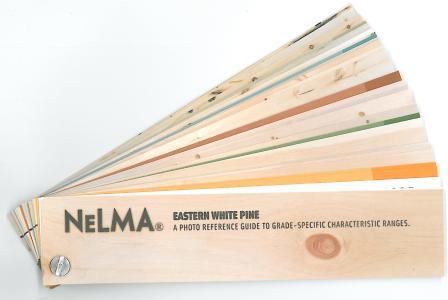
High quality, sustainable, domestically produced resources are more important than ever. Eastern White Pine is among the top building materials in the United States for many great reasons: it’s strong, affordable, easy to work with and produces beautiful results. When grown in responsibly managed forests, it’s among the most environmentally friendly materials you can buy. And its production supports the preservation of natural habitats, recreational forests, climate change mitigation and economic security for rural families.
Wood may be one of humankind’s original building materials, but it’s also the material of the future. Not only is it a great choice for many projects in its natural state, recent innovations have produced wood-based materials that are bulletproof and fireproof.
Eastern White Pine, in particular, is a native species known for producing long, straight boards of superior quality, and to let them reach their full potential for lumber, Eastern White Pine growers let them grow for many decades in natural forest environments. Recently approved for use in mass timber projects, it could help meet the demand for wooden architecture that’s rising around the world.
Some people believe that we should reduce our dependence wood, because too many trees are being cut down. But that’s a misconception, at least when it comes to sustainably managed forests. While deforestation is a huge global problem (and a major contributor to climate change), most of it is the result of unregulated or illegal timber harvesting. Here in the U.S., initiatives to protect forests have made big gains in recent decades.
We now have roughly two-thirds the amount of trees we had in the year 1600, and most of those gains have been concentrated along the Eastern coast, where the majority of the losses occurred in the first place. In fact, average wood-per-acre volumes have almost doubled since the 1950s. The United States has more trees today than we had 100 years ago (and a global study even found that the number of trees on Earth is around 3.04 trillion, a much higher number than previously believed.)
In fact, rising demand for wood actually leads to forest growth, encouraging landowners large and small not only to plant trees but to stagger their harvests in a sustainable way, so there’s always a steady supply of both living, growing forest habitats and lumber. Well-managed forests help maintain our water quality, too.
Small, sustainably managed forests are crucial for the future of the planet, with the potential to absorb one-tenth of the projected global carbon emissions during the first half of the 21st century. They’re also a lifeline for rural communities, providing thousands of forestry and manufacturing jobs.


